Copepods are tiny crustaceans that play a vital role in marine ecosystems, including home aquariums. These microscopic organisms form the foundation of the marine food web and contribute significantly to the overall health and balance of reef tanks. When properly established in your aquarium, copepods create a self-sustaining mini-ecosystem that benefits everything from water quality to fish health.
At AlgaGen, we've pioneered the cultivation of various copepod species specifically designed to thrive in home aquariums. Our AlgaGenPods™ collection features carefully selected species that provide maximum benefits for reef tank environments. These tiny powerhouses serve multiple functions simultaneously - they consume detritus, provide live food for fish and corals, and help maintain biological stability in your tank.
Understanding how to establish and maintain healthy copepod populations is essential for any reef tank enthusiast. In this guide, we'll explore the different types of copepods, their benefits, how to introduce them to your tank, and best practices for maintaining thriving populations. Whether you're a beginner just setting up your first reef tank or an experienced aquarist looking to optimize your ecosystem, this guide will provide valuable insights into the world of copepods.
Key Takeaways
- Copepods serve as natural clean-up crews by consuming detritus and algae
- They provide essential nutrition for fish and corals in reef tanks
- Different species like Tisbe and Apocyclops offer unique benefits
- Regular introduction helps maintain healthy populations
- Refugiums and proper tank conditions maximize copepod survival
- Supplemental feeding with phytoplankton supports copepod colonies
Types of Copepods for Reef Tanks
When it comes to establishing copepods in your tank, it's important to understand the different species available and their unique characteristics. Each type offers specific benefits for your aquarium ecosystem, and choosing the right mix can significantly enhance your tank's biodiversity and health.
Tisbe Copepods: Bottom-Dwelling Workhorses
Tisbe biminensis is one of the most popular harpacticoid copepods for reef tanks. These bottom-dwelling copepods are exceptional detritivores, constantly foraging through substrate and rock surfaces to consume organic waste and algae. Our AlgaGenPods Tisbe culture originated from the Bahamas but was pioneered here at AlgaGen.
Tisbe copepods offer several key benefits:
- They actively consume detritus and help prevent buildup of organic waste
- They reproduce rapidly under favorable conditions
- They serve as an excellent food source for small fish and coral species
- They can establish persistent colonies in live rock and substrate
For those looking to quickly establish a robust population, our Tisbe Buy 2 Get 1 Free offer provides an excellent value. With proper introduction and maintenance, these copepods will multiply rapidly in your tank, creating a self-sustaining clean-up crew that continuously works to maintain water quality.
Apocyclops: Versatile Mid-Water Copepods
Apocyclops copepods represent the cyclopoid group and occupy a different niche in your tank ecosystem. These versatile copepods swim freely in the water column but can also explore surfaces. Our Apocyclops cultures are specially cultivated to thrive in reef tank environments.
Apocyclops copepods offer unique advantages:
- They have a more active swimming behavior, making them more visible to fish
- They're slightly larger than Tisbe, making them excellent food for medium-sized fish
- They consume both suspended particles and surface detritus
- They tend to distribute throughout all areas of the tank
For optimal biodiversity, many reef keepers choose to introduce both Tisbe and Apocyclops species. This combination provides comprehensive coverage of different tank zones and ensures that various niches in the ecosystem are filled with beneficial organisms.
Zoo-Plasm Pods: Complete Ecosystem Support
For a more comprehensive approach to ecosystem management, our Zoo-Plasm Pods provide an easy-feed solution that supports multiple aspects of reef tank health. These specialized pods are designed to integrate seamlessly into existing ecosystems, providing both immediate benefits and long-term stability.
Zoo-Plasm Pods feature:
- A balanced mix of different copepod species
- Enhanced nutritional profile for supporting coral and fish health
- Easy introduction method for consistent results
- Compatibility with various tank configurations
Benefits of Maintaining Copepods in Your Reef Tank
Establishing and maintaining a healthy copepod population in your reef tank delivers numerous benefits that extend far beyond simply providing food for fish. Let's explore the comprehensive advantages that make copepods an essential component of any thriving reef ecosystem.
Natural Tank Cleaning and Maintenance
Copepods serve as a natural, self-perpetuating cleaning crew for your aquarium. They constantly consume organic waste, uneaten food, detritus, algae, and bacteria that would otherwise accumulate and potentially degrade water quality. This continuous cleaning activity helps:
- Reduce nitrate and phosphate levels
- Prevent nuisance algae outbreaks
- Minimize the accumulation of organic waste
- Decrease the frequency of manual cleaning
As noted in our comprehensive guide to copepods, these tiny organisms work tirelessly in areas that are difficult to clean manually, such as deep within rockwork, under substrate, and in filter media.
Nutritious Live Food Source
Copepods represent one of the most nutritionally complete live foods available for reef tank inhabitants. They are rich in essential fatty acids, proteins, and other nutrients that cannot be replicated in processed foods. The benefits of copepods as a food source include:
- Enhanced coloration in fish and corals
- Improved growth rates, especially in juvenile fish
- Stimulation of natural hunting behaviors
- Support for species that specialize in consuming small crustaceans
Many prized reef fish, including mandarin dragonets, scooter blennies, and various wrasses, rely heavily on copepods as a primary food source. Maintaining a robust copepod population can eliminate the need for specialized feeding of these sometimes finicky eaters.
Key Benefits of Copepods in Reef Tanks
- Natural Cleaning Crew: Reduces detritus and algae in hard-to-reach areas that larger clean-up crew members cannot access
- Nutritious Live Food Source: Rich in essential fatty acids and proteins that benefit fish and coral development
- Enhanced Coloration: Improves vibrant colors in fish and corals through their high carotenoid content
- Improved Growth Rates: Especially beneficial for juvenile fish, doubling survival rates in some species
- Natural Hunting Stimulation: Encourages natural feeding behaviors, reducing stress in fish
- Support for Specialized Feeders: Sustains picky eaters like mandarin dragonets and scooter blennies
- Ecosystem Biodiversity: Creates a more complete reef environment by occupying different ecological niches
- System Stability: Contributes to long-term tank equilibrium and nutrient cycling
- Self-Sustaining Population: Reproduces naturally with proper tank conditions, typically doubling every 2-3 days
Source: Data compiled from AlgaGen Direct and reef aquarium research
Biodiversity and Ecosystem Stability
A thriving copepod population creates a more complete ecosystem in your tank, mimicking natural reef environments and contributing to long-term stability. This approach reduces the need for frequent intervention and creates a more self-sustaining system.
Copepods contribute significantly to the biodiversity of your tank, creating a more balanced and resilient ecosystem. Their presence supports:
- More stable water parameters
- Reduced susceptibility to disease outbreaks
- Greater resilience to environmental stressors
- A more natural environment for tank inhabitants
As detailed in our article on Tisbe pods, these specific copepods can revolutionize reef tanks by creating a more complete ecosystem that benefits all inhabitants.
How to Introduce Copepods to Your Reef Tank
Successfully introducing copepods to your reef tank requires careful planning and execution. The following step-by-step approach will help ensure that your copepod population establishes successfully and provides maximum benefits to your aquarium ecosystem.
Timing Your Introduction
The timing of copepod introduction can significantly impact their success in establishing a sustainable population:
- Mature Tanks: Introduce copepods after the tank has completed its nitrogen cycle (typically 4-6 weeks after setup). This ensures that water parameters are stable and that beneficial bacteria are established.
- Before Predators: Ideally, add copepods before introducing fish or other predators that might consume them. This gives the copepods time to establish and reproduce.
- Night Introduction: Add copepods during the evening when tank lights are off. This reduces stress on the organisms and gives them time to find hiding places before daylight.
As noted in our copepod introduction guide, proper timing can make the difference between a thriving population and one that struggles to establish.
Acclimation Process
Proper acclimation is essential for ensuring the survival of newly introduced copepods:
- Float the sealed container of copepods in your tank for 15-20 minutes to equalize temperature.
- Open the container and slowly add small amounts of tank water over a period of 30 minutes to acclimate the copepods to your tank's water parameters.
- Gently pour the acclimated mixture into the tank, preferably in areas with low flow and plenty of hiding places.
Our AlgaGenPods come with detailed acclimation instructions to ensure maximum survival rates during introduction.
Strategic Placement
Where you introduce copepods can significantly impact their ability to establish:
- Refugium Introduction: If your system includes a refugium, this is the ideal location for initial introduction. Refugiums provide predator-free environments where copepods can multiply before spreading to the main tank.
- Rock Work: Direct addition to live rock crevices provides immediate shelter for copepods.
- Low Flow Areas: Areas with gentle water movement allow copepods to settle without being immediately swept into filters or high-flow areas.
- Multiple Locations: Distributing your copepod addition across several tank locations increases the chances of successful colonization.
Initial Dosing Recommendations
The appropriate initial dosing depends on your tank size and the presence of predators:
- Nano Tanks (under 30 gallons): 1/4 to 1/2 bottle of AlgaGenPods
- Medium Tanks (30-75 gallons): 1 full bottle of AlgaGenPods
- Large Tanks (75-150 gallons): 2 bottles of AlgaGenPods
- Very Large Tanks (150+ gallons): 3+ bottles, depending on size
For best results in establishing a self-sustaining population, follow the dosing guide above based on your tank size.
If you have fish that actively prey on copepods, consider increasing the initial dose by 50% to compensate for predation.
Our Buy 2 Get 1 Free offers provide excellent value for larger tanks or for those wanting to establish robust populations quickly.
Creating Ideal Conditions for Copepod Reproduction
Once you've introduced copepods to your tank, creating the right conditions for them to thrive and reproduce is essential for maintaining a sustainable population. The following strategies will help maximize copepod reproduction and survival in your reef tank.
Refugium Setup and Maintenance
A refugium is one of the most effective ways to maintain a thriving copepod population:
- Proper Size: Aim for a refugium that's at least 10-20% of your main tank volume.
- Substrate: Include 1-2 inches of fine sand or crushed coral substrate to provide habitat for bottom-dwelling species like Tisbe.
- Macroalgae: Incorporate macroalgae such as Chaetomorpha or Caulerpa to provide surface area for copepods to graze and reproduce.
- Lighting Schedule: Consider running refugium lights on a reverse schedule from your main tank to maintain stable pH levels and provide a constant supply of copepods to the main system.
- Flow Rate: Maintain gentle water movement in the refugium – strong enough for oxygenation but gentle enough that copepods aren't constantly swept away.
Temperature Effects on Copepod Reproduction
Different temperatures impact copepod reproduction rates:
- 21°C: 40% reproduction rate
- 24°C: 65% reproduction rate
- 27°C: 85% reproduction rate
- 28°C: 100% reproduction rate
- 30°C: 90% reproduction rate
- 32°C: 60% reproduction rate
- 34°C: 45% reproduction rate
Source: Research data on copepod reproduction rates at various temperatures
Feeding Your Copepod Population
For maximum reproduction rates, feed your copepod population 2-3 times per week with PhycoPure phytoplankton. In tanks with heavy predation, increase feeding frequency to every other day to support rapid population growth.
Copepods require food to reproduce effectively. Our PhycoPure Reef Blend provides an ideal nutritional base:
- Regular Phytoplankton Dosing: Add phytoplankton 2-3 times per week, preferably in the evening when copepods are most active.
- Targeted Feeding: Direct some phytoplankton specifically to the refugium or areas with high copepod concentration.
- Consistent Schedule: Maintain a regular feeding schedule rather than sporadic large doses.
- Diversified Diet: Occasionally supplement with other foods like marine snow products or specialized copepod feeds to provide a varied nutritional profile.
Creating Microhabitats
Diverse microhabitats throughout your tank will support different copepod species and life stages:
- Varied Substrate: Include different substrate types and depths in different areas of the tank.
- Rock Structure: Create plenty of crevices, caves, and overhangs in your rockwork.
- Detritus Zones: Allow some areas to accumulate light detritus as this provides food for many copepod species.
- Algae Growth: Permit controlled growth of beneficial algae on some surfaces as this provides both food and habitat.
As detailed in our guide to Tisbe pods, these microhabitats are crucial for supporting diverse copepod populations.
Supplementing Your Tank with Phytoplankton and Zooxanthellae
To create a truly thriving ecosystem, supplementing your tank with phytoplankton and zooxanthellae is essential. These microscopic organisms form the base of the marine food web and provide critical support for both copepods and corals in your reef tank.
The Role of Phytoplankton in Copepod Cultivation
Phytoplankton serves as the primary food source for copepods and is essential for maintaining healthy populations.
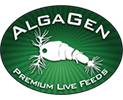
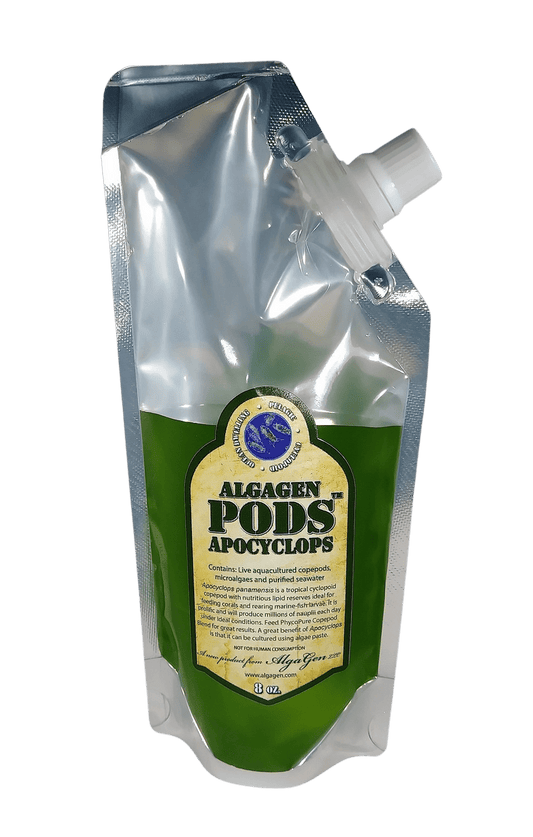
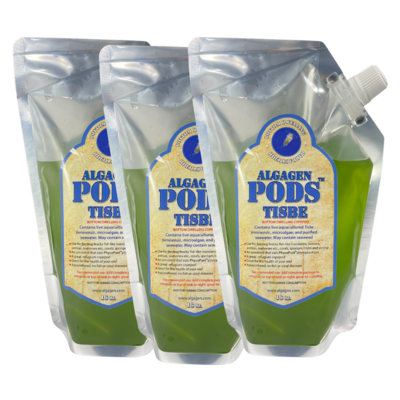
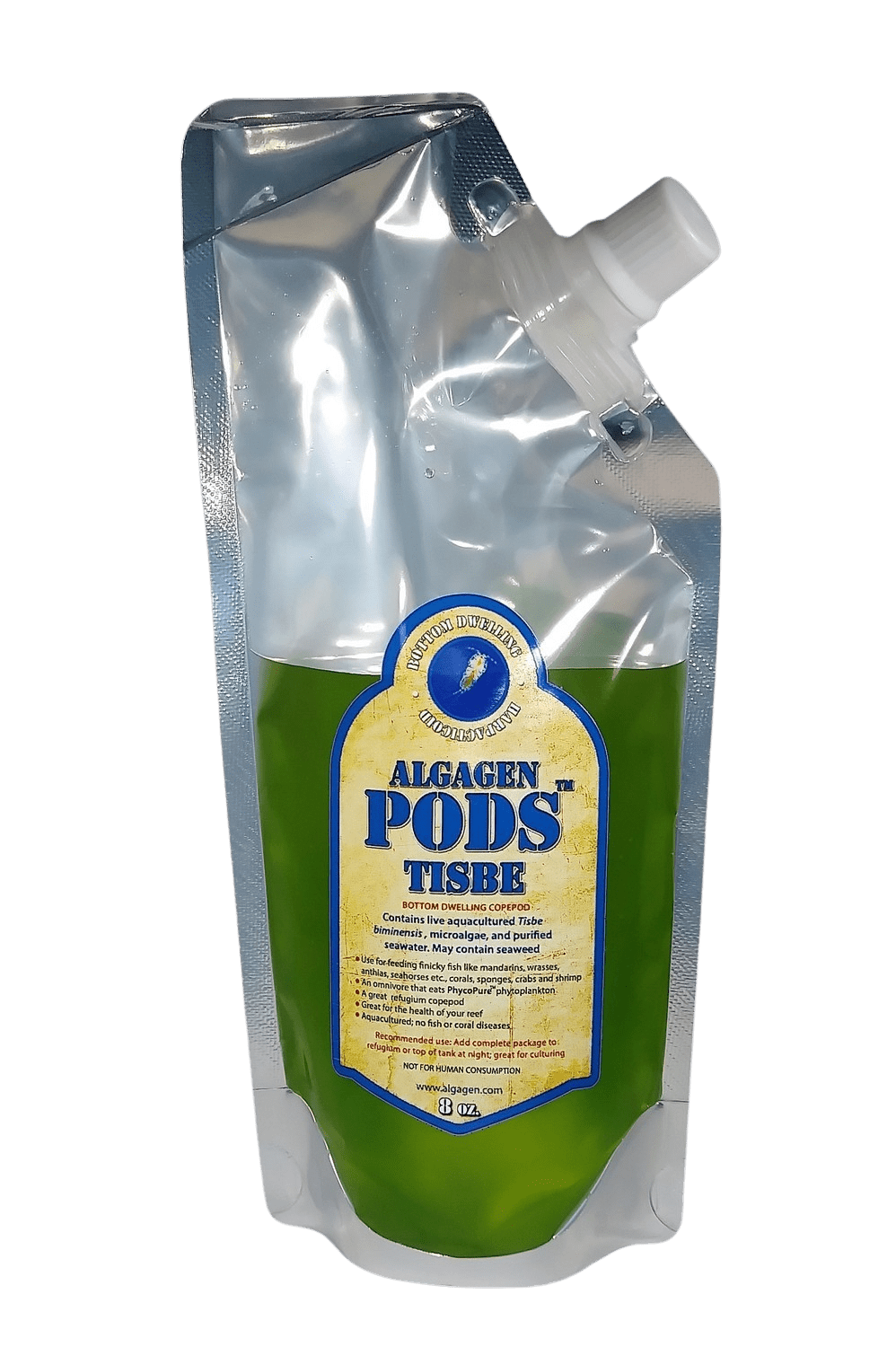
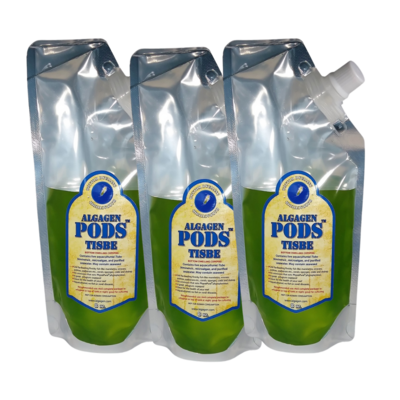
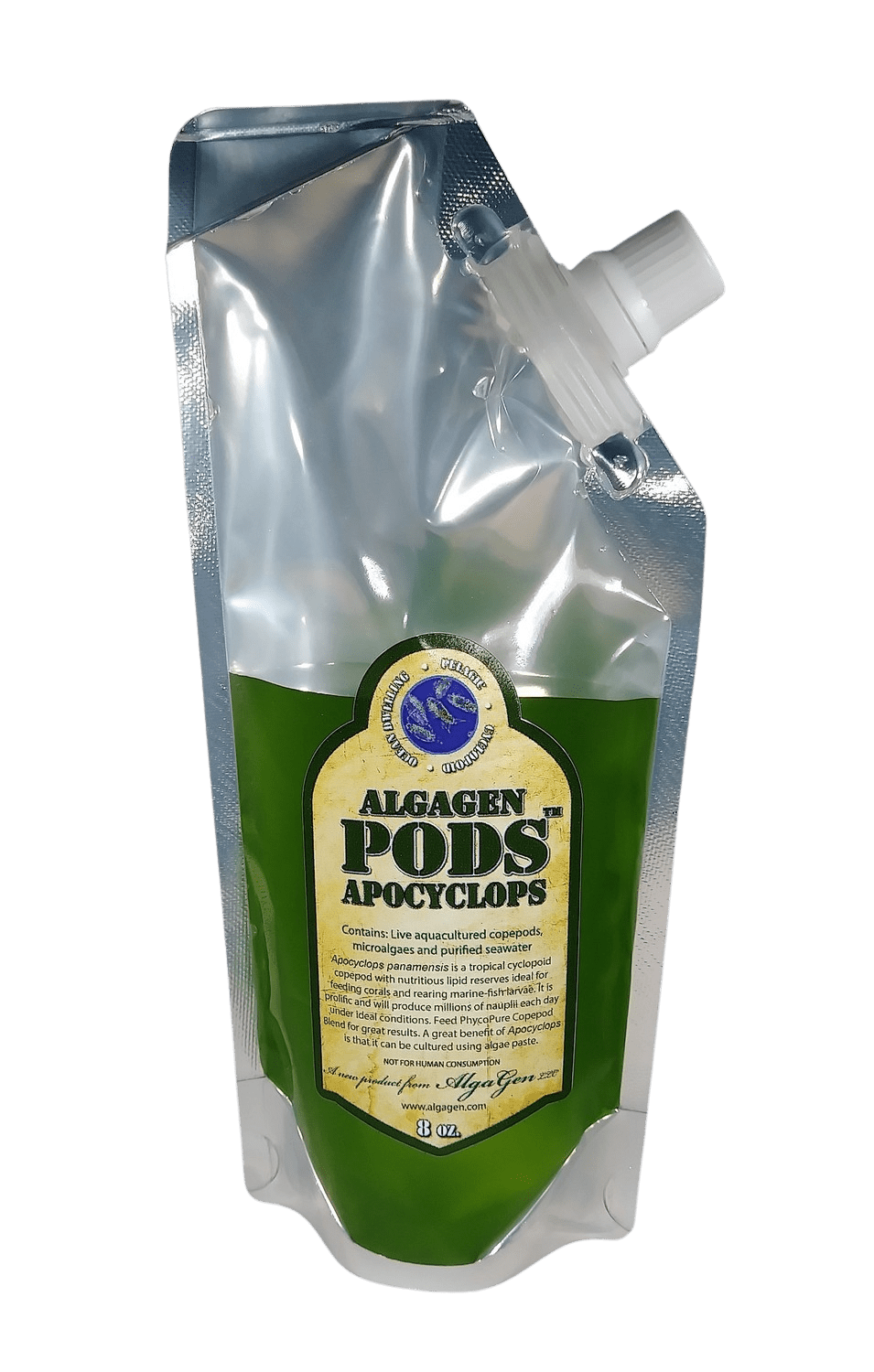
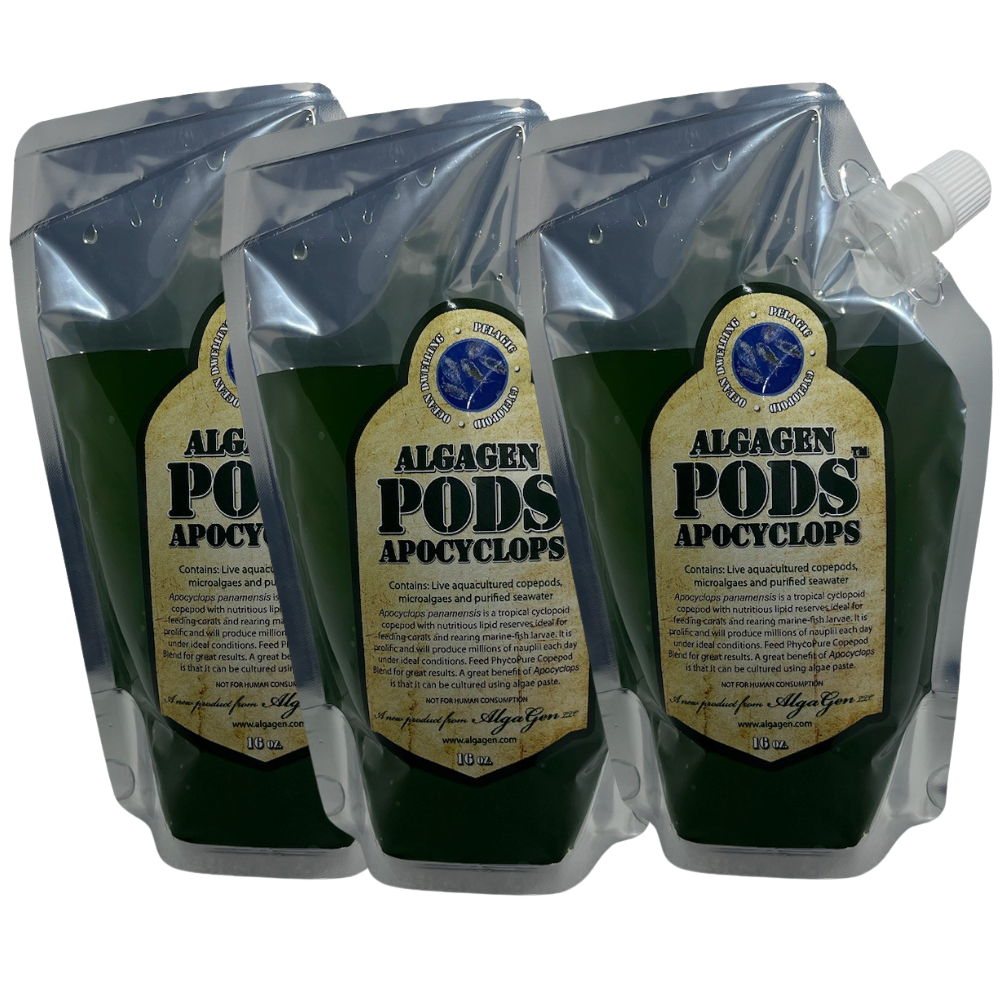
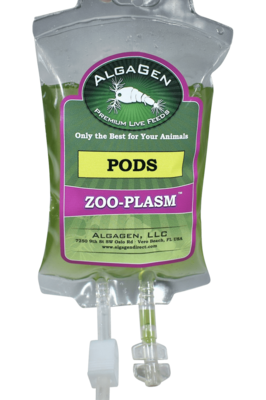
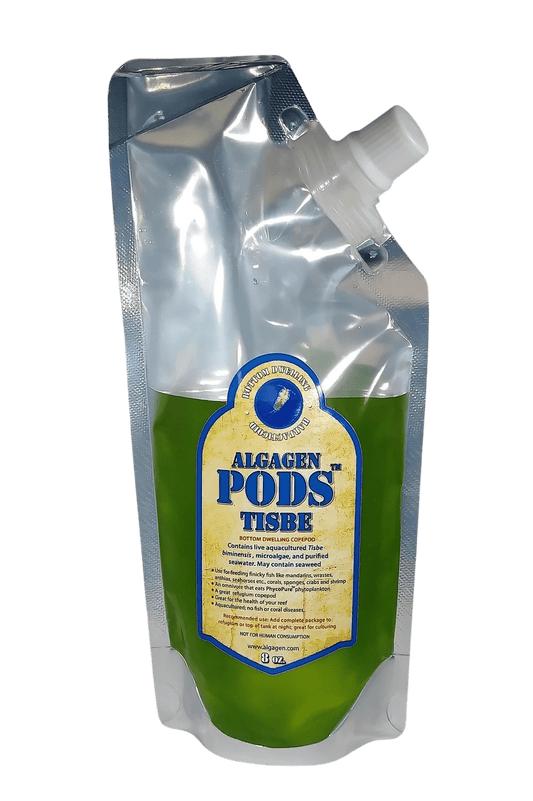
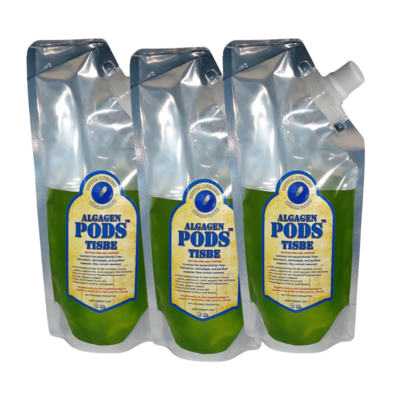
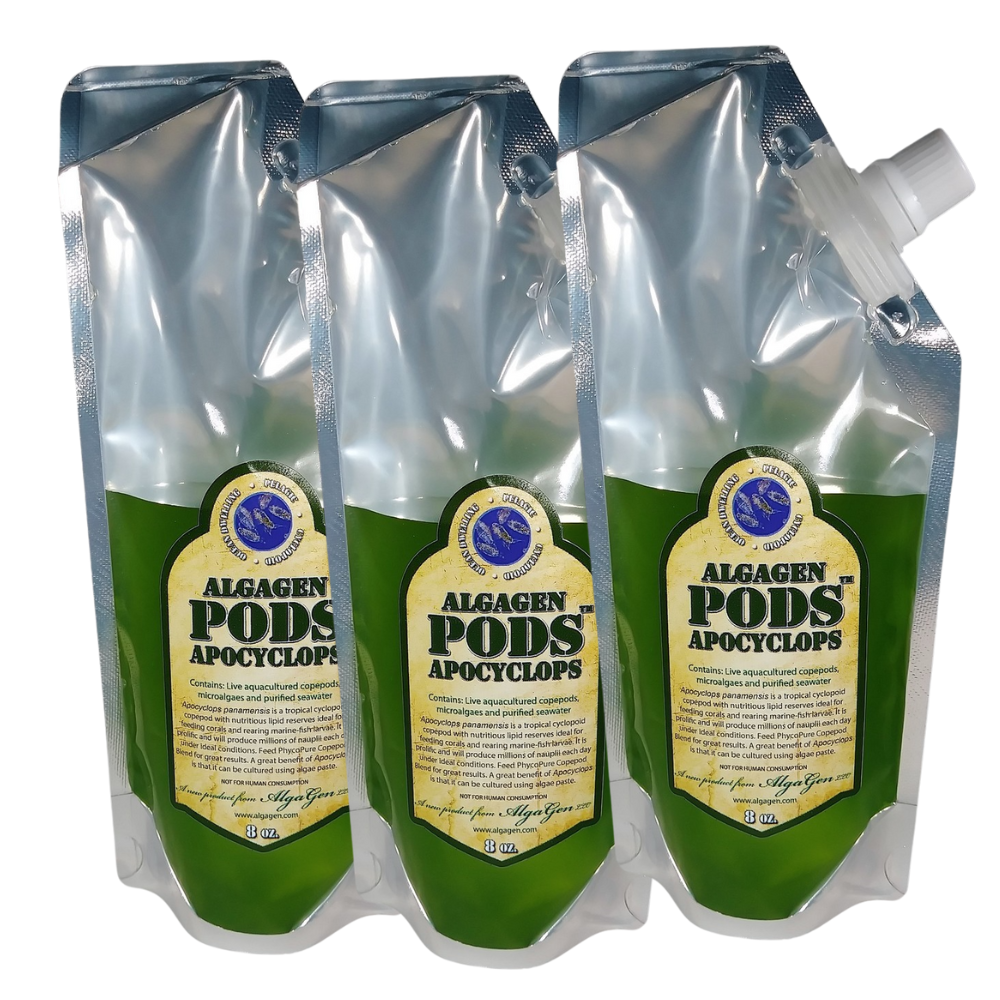
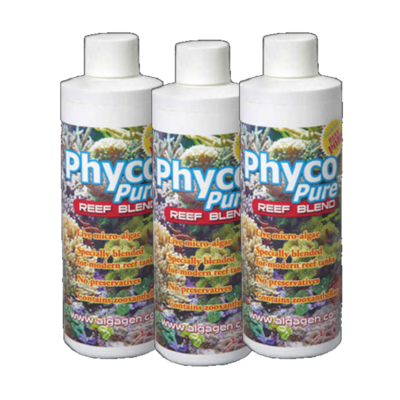
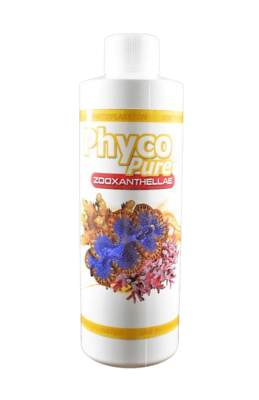
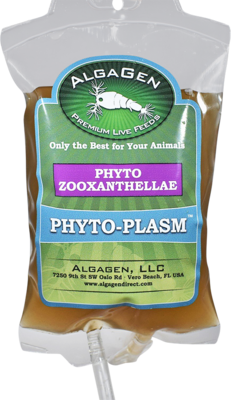
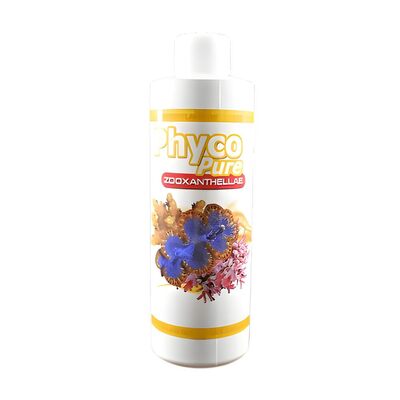
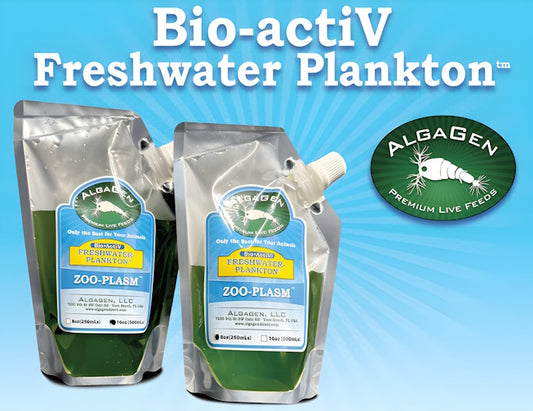
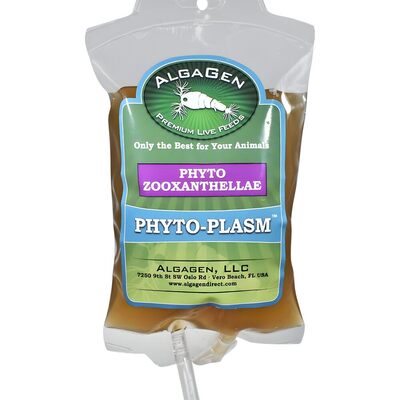
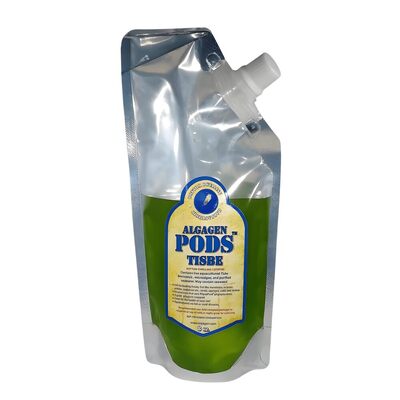
Recent post